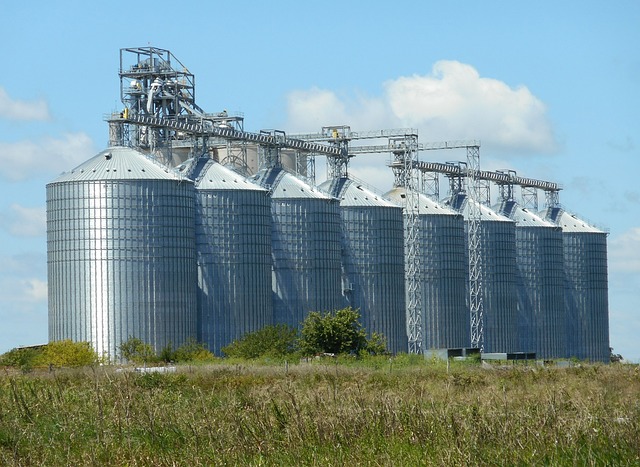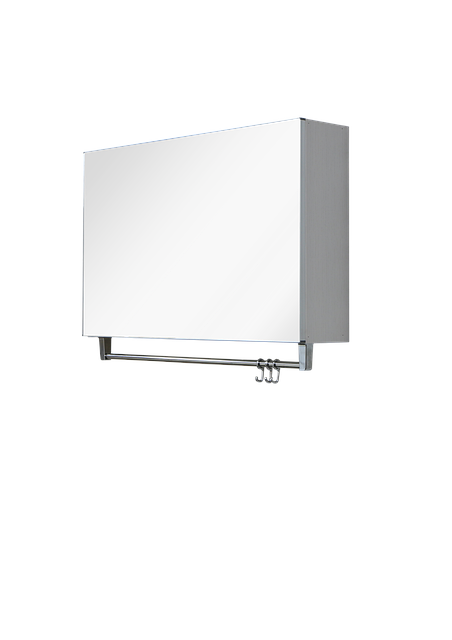Energy Storage: The Key to Unlocking Renewable Power Potential
In recent years, the conversation surrounding energy production has shifted dramatically as society looks for more sustainable and eco-friendly solutions. Renewable energy sources, such as solar, wind, and hydroelectric power, have gained traction, but the inherent variability in these sources introduces challenges that traditional power infrastructures struggle to manage. As the quest for cleaner energy continues, one solution rises to the forefront: energy storage. Understanding how energy storage can unlock the potential of renewable power is crucial as we transition towards a more sustainable future.
The Growing Need for Energy Storage
Renewable energy sources bring significant advantages: they are abundant, reduce greenhouse gas emissions, and diminish reliance on fossil fuels. Nevertheless, their intermittency poses a challenge. Solar panels generate electricity only when the sun shines, and wind turbines produce energy only when the wind blows. This inconsistency can lead to periods of excess energy generation and times of shortfall, creating a mismatch between energy supply and demand.
Energy storage systems bridge this gap, enabling the capture and retention of energy produced during peak production times to be utilized during periods of low generation. The ability to store energy effectively not only bolsters the reliability of renewable energy sources but also enhances their overall efficiency. As the world moves toward increased de-carbonization, the importance of energy storage cannot be overstated.
Types of Energy Storage Technologies
The energy storage market is diverse, comprising various technologies designed to meet differing needs and applications. Below are some of the primary types of energy storage systems:
Battery Storage
Perhaps the most recognized form of energy storage is battery storage. Advancements in battery technologies—most notably lithium-ion batteries—have made them more efficient, cheaper, and longer-lasting. These batteries store electrical energy in chemical form and release it as needed, making them ideal for applications ranging from residential solar energy systems to large-scale grid storage.
Pumped Hydroelectric Storage
Pumped hydroelectric storage represents a proven and widely used form of energy storage. It involves two water reservoirs situated at different elevations. During low demand, excess energy is utilized to pump water from the lower reservoir to the higher one. When energy demand rises, the stored water is released back down to generate electricity. While this method requires specific geographical conditions, it enables substantial energy storage capacity and can quickly respond to changes in power demand.
Thermal Energy Storage
Thermal energy storage systems store energy in the form of heat. By heating a material, such as water or molten salt, energy can be stored for later use in generating steam for electricity or providing heat for residential or industrial applications. This type of storage complements concentrated solar power plants, especially in providing energy during non-sunny hours.
Flywheel Energy Storage
Flywheel energy storage uses a rotating mass, or flywheel, to store energy mechanically. When energy is inputted, the flywheel accelerates, storing energy in its rotational motion. When energy is needed, the flywheel spins to release that energy back into the grid. Flywheels can respond rapidly to fluctuations in supply and demand, making them excellent for short-term energy storage solutions.
The Role of Energy Storage in Renewable Integration
Energy storage plays a critical role in the effective integration of renewable energy into existing energy grids. As more renewable sources are connected to the grid, managing supply and demand becomes increasingly challenging. Energy storage systems provide several benefits that streamline this process:
Grid Stability
Energy storage enhances grid stability by moderating fluctuations in energy supply and demand. By providing an immediate power source during peak demand and absorbing excess energy during low demand, storage systems help maintain a balanced grid. This stability is crucial for meeting regulatory requirements and ensuring the reliability of electricity supply.
Frequency Regulation
Frequency regulation strengthens grid reliability. The balance between supply and demand maintains the frequency of the electricity network at a steady state. Energy storage systems can respond in milliseconds to frequency deviations, dispatching energy to the grid or absorbing excess supply, enhancing overall grid resilience.
Energy Arbitrage
Energy arbitrage refers to the process of buying electricity during off-peak hours when prices are low and selling it back during peak hours when prices are high. Energy storage systems, particularly batteries, empower energy consumers—both residential and commercial—to engage in this practice, thus optimizing energy costs and promoting more efficient energy use.
Economic Benefits of Energy Storage
Investing in energy storage technologies not only promotes sustainability but also offers several economic advantages:
Reducing Peak Demand Charges
Many utility companies impose peak demand charges—additional costs incurred during periods of high electricity use. By utilizing energy storage systems to draw on stored energy during peak hours, commercial and industrial customers can significantly reduce these charges, saving money on their energy bills.
Job Creation and Economic Growth
The energy storage sector fuels job creation and drives economic growth. As the demand for energy storage rises, so too does the need for skilled workers in installation, maintenance, and manufacturing. Transitioning to renewable energy sources supported by innovative storage solutions can pave the way for new economic opportunities.
Challenges Facing Energy Storage Adoption
Despite the growing recognition of energy storage’s importance, several challenges persist:
Cost Considerations
The initial investment for energy storage systems, particularly battery technologies, can be significant. While prices have been declining, the upfront costs may deter some potential adopters. Policymakers and industry stakeholders must find ways to incentivize adoption, such as subsidies or financing options.
Technological Limitations
While battery technologies have made impressive advancements, limitations in energy density, lifespan, and environmental impacts remain. Researchers are working toward refining energy storage technologies to maximize efficiency, sustainability, and cost-effectiveness. Continued investment in research and development is crucial for overcoming existing barriers.
Regulatory Hurdles
The regulatory landscape surrounding energy storage varies across regions and can pose challenges for adoption. As utilities, independent power producers, and regulatory bodies explore frameworks to integrate storage into the existing paradigms, more streamlined policies could facilitate the growth of the energy storage market.
The Future of Energy Storage and Renewable Energy
The future of energy storage is bright but requires collective effort among governments, businesses, and researchers. As global barriers to renewable energy adoption continue to be dismantled, energy storage systems will play an expanding role in facilitating growth. Emerging trends will shape the future of energy storage, including:
Increased Investment
Public and private sectors are recognizing the potential of energy storage technologies and are increasing investment in research, development, and deployment. With the emergence of new players in the energy market, there’s a growing pursuit of innovation that can fulfill energy storage needs more effectively.
Technological Advances
Expect to see advancements in energy storage technologies, such as solid-state batteries and alternative materials. These breakthroughs may improve performance, reduce costs, and minimize environmental impacts, making energy storage even more viable for a range of applications.
Decentralized Energy Models
The future of energy storage also points towards decentralized energy production and consumption models. As more homes and businesses install solar panels and local energy storage solutions, the energy landscape will shift towards localized systems that bolster community resilience and reduce reliance on centralized energy sources.
Conclusion
Energy storage is a cornerstone of the renewable energy revolution, providing the necessary support to overcome the inherent challenges posed by variable energy sources. By affording reliability, enhancing grid stability, and enabling economic benefits, energy storage systems will facilitate a more sustainable, clean, and resilient energy future. As technology continues to evolve and investment increases, the potential for energy storage to unlock the full capacity of renewable power grows ever larger. Making choices now that support energy storage innovation and deployment is essential for ensuring a cleaner, greener world for generations to come.










